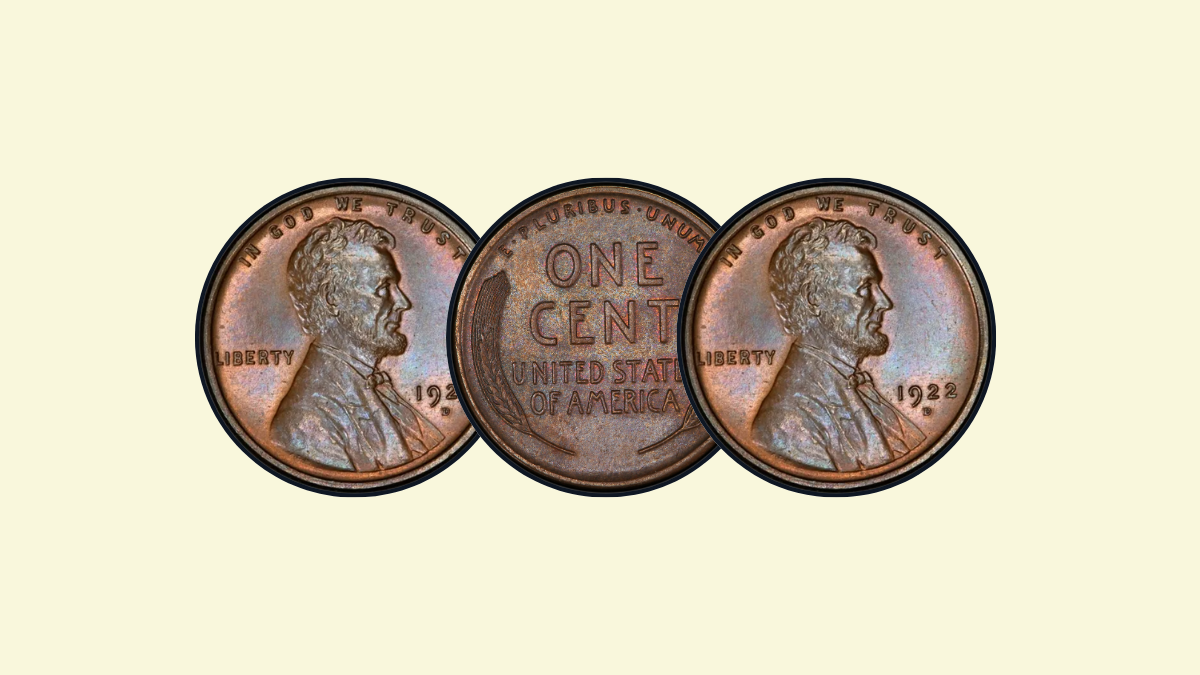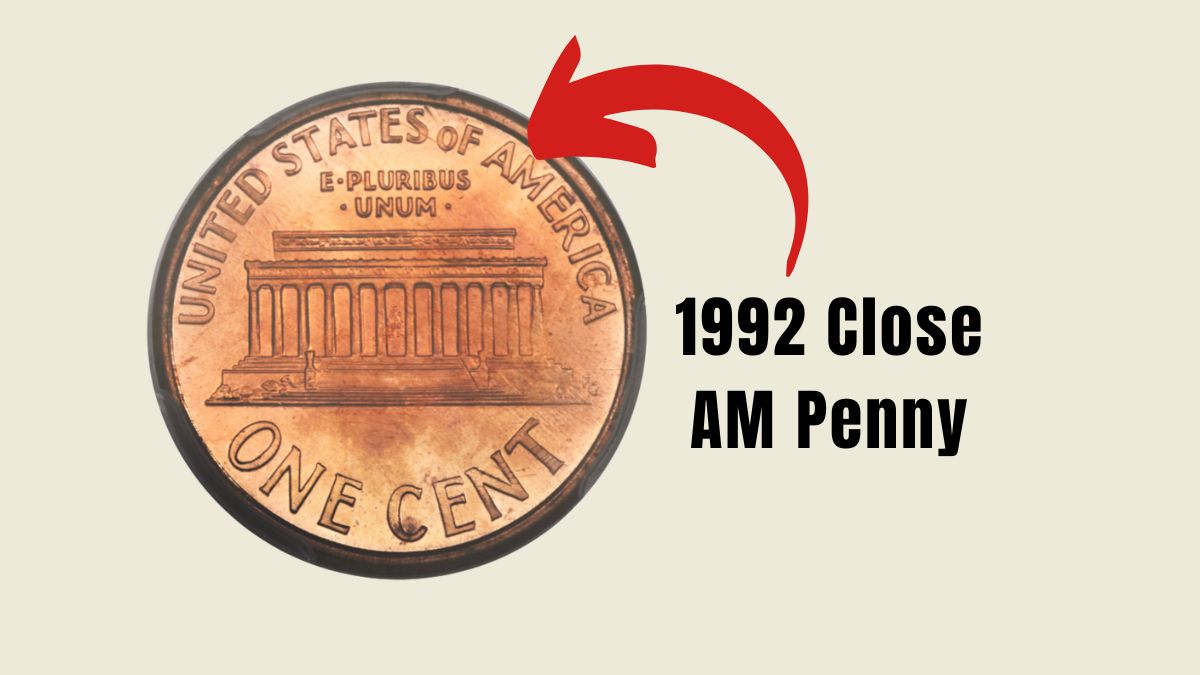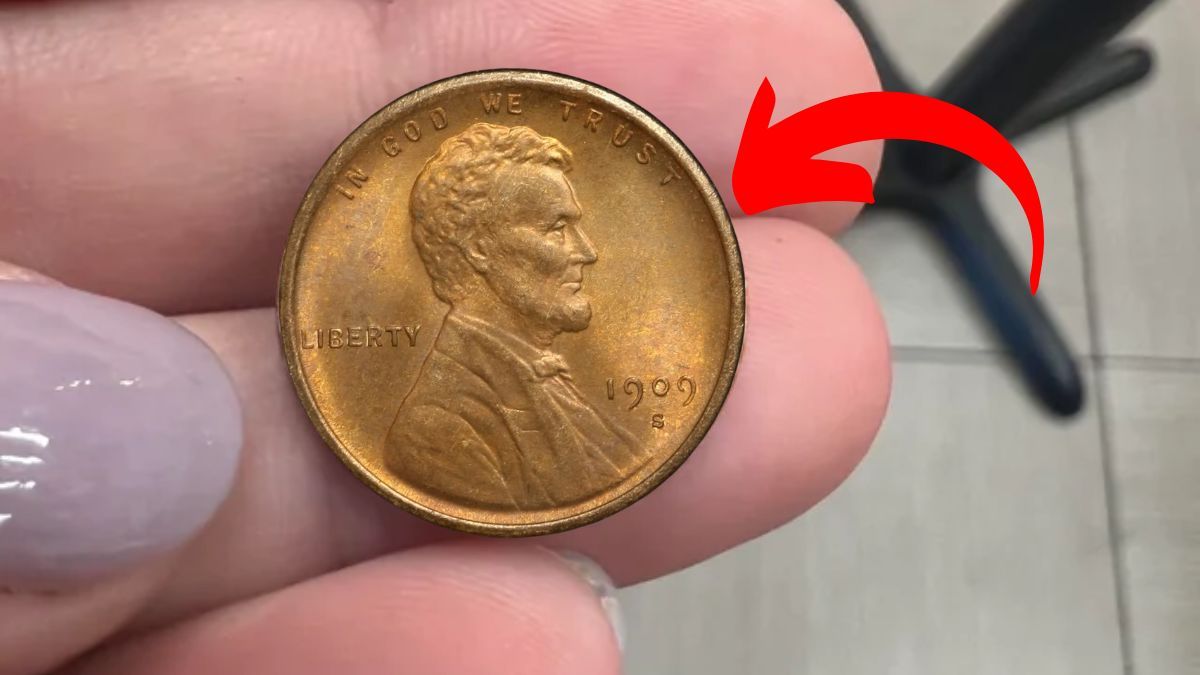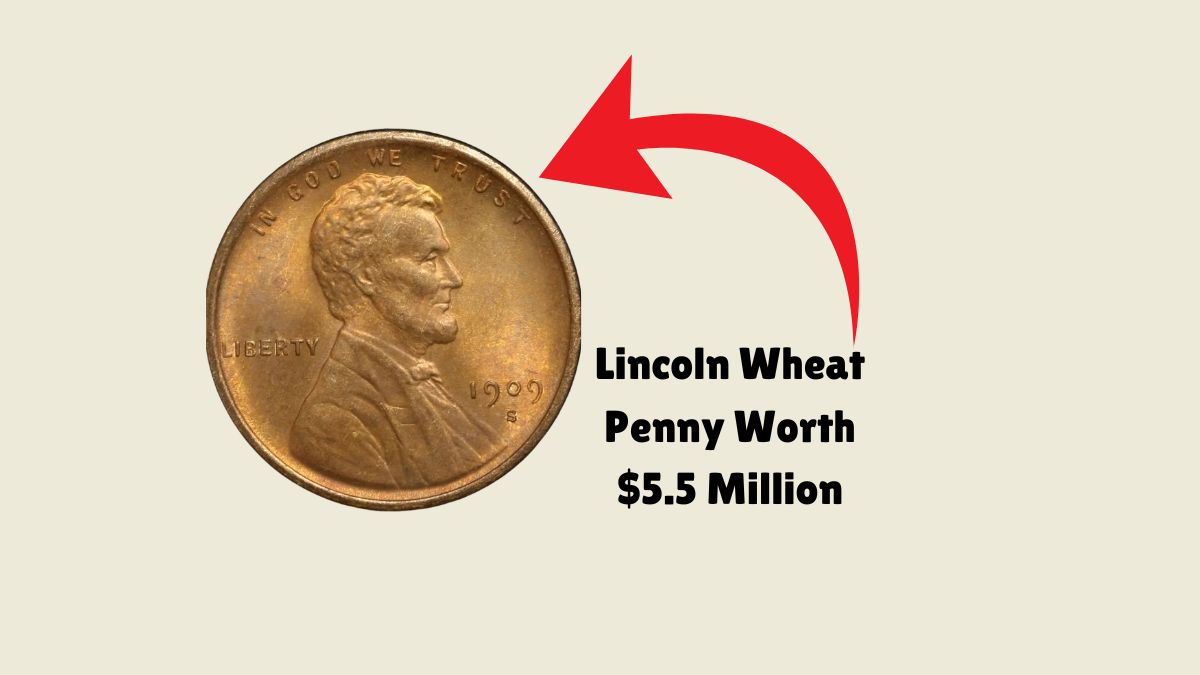The 1922 Plain Pennies, rare and valuable coins, has captivated numismatists and collectors alike. With some specimens fetching over $50,000 at auctions, understanding its unique characteristics and history is essential for enthusiasts.
Understanding the 1922 Plain Penny
In 1922, the Denver Mint was the sole producer of Lincoln Cents, all intended to bear the “D” mintmark.
However, due to die wear and over-polishing, some coins were struck without this mintmark, resulting in the 1922 Plain Penny, also known as the “No D” cent.
This minting anomaly has made the 1922 Plain Penny one of the most sought-after coins in U.S. numismatic history.
Identifying a 1922 Plain Penny
To determine if you possess a genuine 1922 Plain Penny, consider the following features:
- Absence of Mintmark: Authentic 1922 Plain Pennies lack the “D” mintmark below the date.
- Die Pair Identification: The most coveted variety originates from Die Pair #2, characterized by a decisive reverse strike and no trace of the mintmark. This variant is often called the “1922 No D Strong Reverse.”
- Design Details: Examine the obverse for sharp features, especially around Lincoln’s portrait, and a well-defined reverse, indicating a decisive strike.
Valuation of 1922 Plain Pennies
The value of a 1922 Plain Penny varies based on its condition and specific die pair:
| Condition | Estimated Value |
|---|---|
| Good (G-4) | $455 |
| Very Fine (VF-20) | $750 |
| Mint State (MS-60) | $10,000 |
| MS-63 Red (Die Pair #2) | $48,000 |
Values are approximate and can fluctuate based on market demand and coin grading specifics.
Factors Influencing Value of 1922 Plain Pennies
Several factors contribute to the value of a 1922 Plain Penny:
- Die Pair: Coins from Die Pair #2, with a strong reverse, command higher prices due to their clarity and rarity.
- Condition: Coins with minimal wear, retaining original luster, are more valuable.
- Coloration: Red (RD) pennies, indicating original copper color, are more desirable than Red-Brown (RB) or Brown (BN) specimens.
Authenticity Concerns
Due to their high value, 1922 Plain Pennies are often counterfeited. To ensure authenticity:
- Professional Grading: Submit the coin to reputable grading services like PCGS or NGC for verification.
- Avoid Altered Coins: Be cautious of coins with removed mintmarks or those altered to appear as 1922 Plain Pennies.
Collecting Tips
For those interested in acquiring a 1922 Plain Penny:
- Research: Familiarize yourself with the coin’s characteristics and market values.
- Purchase from Reputable Dealers: Engage with established coin dealers or auction houses to reduce the risk of acquiring counterfeit coins.
- Consider Coin Grading: Graded coins assure authenticity and condition, aiding in accurate valuation.
Conclusion
The 1922 Plain Penny stands as a testament to the intriguing anomalies in coin minting history. Its rarity and the story behind its creation make it a prized possession for collectors.
Whether you’re a seasoned numismatist or a curious newcomer, understanding the nuances of this coin can enhance your appreciation and guide you in making informed collecting decisions.
FAQs
Why is the 1922 Plain Penny significant?
It’s the only circulation-strike Lincoln Cent without a mintmark, resulting from a minting error at the Denver Mint.
How can I verify if my 1922 penny is a Plain Penny?
Check for the absence of the “D” mintmark below the date and consider professional grading for confirmation.
What makes Die Pair #2 varieties more valuable?
Die Pair #2 coins have a strong reverse strike and no mintmark traces, making them highly desirable among collectors.
Are all 1922 pennies without a mintmark valuable?
Not necessarily. The coin’s value depends on die pair, condition, and authenticity.
Where can I sell a 1922 Plain Penny?
Consider reputable coin dealers, auction houses, or online platforms specializing in numismatics.




